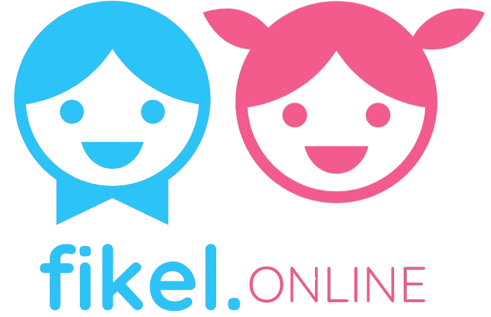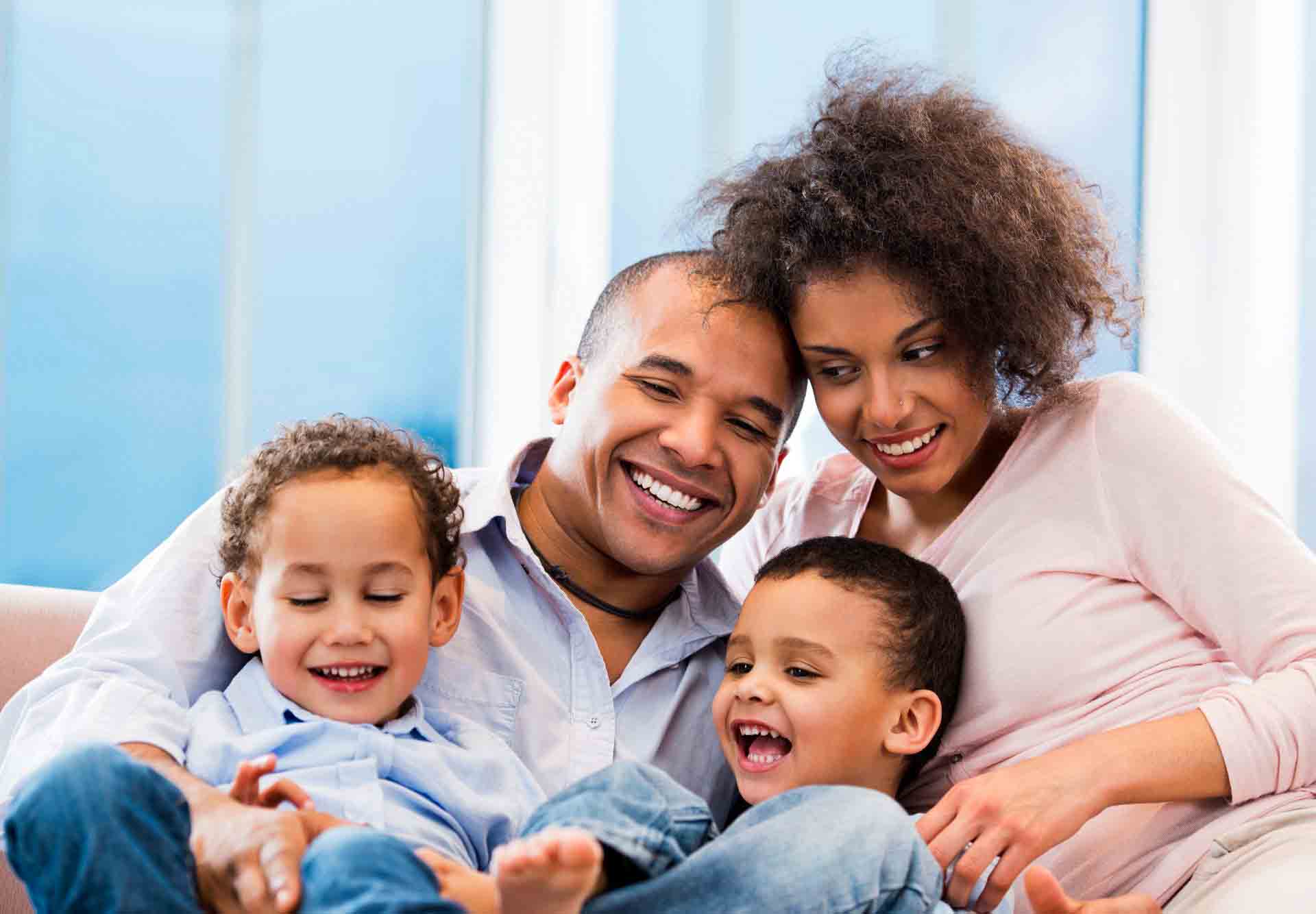The nuclear family is becoming different. Check out how divorce, the timing and size of starting a family, adoption, and LGBTQ families are making a new norm.
The Encyclopedia of Couples and Family Therapy authors say that most people think of “traditional” nuclear families as made up of a mother, father, and children. However, the concept of a “nuclear family” originated in the early to mid-20th century, when families looked substantially different than they do now. For instance, people in the 1950s got married younger, had more children, and got divorced less often than they do now.
Since then, different economic and social changes and hard-won legal battles, like those that gave the LGBTQ community the right to marry and adopt children, have made some stereotypes outdated in real life but not always in people’s minds or the media. And that makes things hard.
When members of other families can’t recognize themselves in these images, it might make us feel as though we don’t fit in, ashamed, perplexed, or as though we should question our own culture.
Even if the two-parent, two-ish-child unit was the norm for a short time, we don’t agree that this was ever what a family was. Instead, the family was, and still is, a group of people who care about each other.
Most People Get Divorced
As many as 73 percent of children in the United States were living with both biological parents in households where both were married for the first time in 1960. But in the years after that, the number of divorces went up. By 2014, 46% of children lived with both of their parents in their first marriage. By 2019, almost a quarter of all U.S. children lived in homes with only one parent.
Changes have also been made to how custody is handled after a divorce. A study that came out in 2022 and was published in Demographic Research found that shared physical custody went from 13% in 1985 to 34% in 2014. When parents share custody, children of divorce will have a different family life, especially if one or both of their parents get remarried. Pew Research says that 16% of children live in families with more than one parent. This number has stayed the same since the 1990s.
When a married couple splits up, there are now two families. Any two people can work out their differences and provide a stable, caring home for their child, even if they can’t stay together.
Divorce is still seen as bad, but families with parents who aren’t married have become less strange because it happens more often. It makes it easier to see how families get together.
No Hurry to Get Married and Have Kids
People are getting married later in life these days. According to the U.S. Census Bureau, the average age of marriage for women in 2022 was 28, and for men, it was 30. In 1950, the average age of marriage for women was 20, and for men, it was 24.
Having a baby in a baby carriage isn’t necessarily the natural conclusion of falling in love, getting married, and having a family. But because people are getting married later, birth rates in 2018 were at their lowest level in 32 years.
People are also waiting longer to have their first child. In 1990, the average age of a woman who was pregnant for the first time was 27. In 2019, the average age was 30. In 1970, the average age of 21 was nine years younger.
Why does this happen? You’ll see that women have many more ways to make money. As of December 2019, more than half of the jobs in the United States were held by women. However, working mothers make about $18,000 less than working fathers. Because of this, people may have put off having children or decided not to have any at all, which has changed the makeup of the American family.
Interracial Marriage Has Doubled In The Last 20 Years
In some parts of the country, it was still against the law to marry someone of a different race when the typical nuclear family was at its peak. But after the Loving v. Virginia case in 1967, it became illegal to stop people from getting married because of their race. In that year, 3% of new marriages were between people of different races or ethnicities. In 2015, this number went up to 17%.
Because of this, more children are now from more than one race. By 2015, 14% of babies were from more than one race or ethnic group. This was almost three times as many as in 1980.
Parents Who Are LGBT Have Rights
In 1968, when Bill Jones adopted a child, the social worker told him not to tell the child that he was gay. Florida was the last state in the country to end a ban on gay and lesbian adoptions. This happened in 2010.
But some states kept making it hard for same-sex couples to become parents because they couldn’t adopt if they weren’t married. It was like that until the Supreme Court judgment Obergefell v. Hodges in 2015, which essentially legalized same-sex marriage nationwide. The Respect for Marriage Act made this right a federal law in 2022.
The UCLA School of Law Williams Institute says that 114,000 same-sex couples in the U.S. are raising children. Also, about 3 million LGBT Americans have had children, and up to 6 million Americans have a parent who is LGBT.
Between one-fourth and one-half of transgender people say they are parents. People who changed their gender later in life were more likely to be parents because they had kids before they knew they were transgender.
More and more LGBTQ couples are starting their own families now that same-sex marriage is legal and accepted. LGBTQ couples are four times more likely to adopt and six times more likely to foster children than straight couples.
Adoption is just one way that people in the LGBTQ community can become parents. Other ways include sperm donation, surrogacy, and other forms of assisted reproduction. Anderson Cooper, a newscaster, had both of his children through a surrogate. Brandi Carlile and her wife had their babies with the help of in-vitro fertilization (IVF) and intrauterine insemination (IUI).
How Adoption Has Changed
Adoption used to be surrounded by a lot of mystery. In the 1950s and 1960s, adoption was seen as a way to make the [nuclear family] ideal come true. Parents would try to find kids who looked like them so that it would look like the family was made up of two married people and their own children. We all know that’s not good for you.
Every year, about 135,000 children are given new homes. Parents can be heterosexual, single, LGBTQ, or from different races or ethnicities. Open adoptions, in which the birth parent or parents can still be a part of the child’s life in some way, are more common these days.
Catelynn Baltierra (Lowell) of Teen Mom and her then-boyfriend, now-husband Tyler Baltierra, put their baby Carly up for adoption in 2009. This brought open adoptions to the attention of people all over the country. Carly, the Baltierras, and Carly’s adoptive parents all still talk to each other. If both the birth parents and the adoptive parents set goals, this can be good for everyone.
You will try to stay in touch with this person and do your best for the child who will be joining your family. Social media has also helped people stay in touch.
Fostering Will Increase
In 2020, almost 632,000 kids were in foster care. 43% of the kids in foster care were white, 23% were black, 22% were Hispanic, and 8% were a mix of races.
Foster children, especially those who leave when they turn 18, often have to deal with hard things. They are more likely to be homeless, go to jail, or have a baby without planning to. More than 54,000 foster children will be adopted in 2021.
Foster kids need to be loved and cared for, and the system needs committed foster parents. I think it’s really special to take care of a child whose family or relatives can’t. We talk a lot about how childhood doesn’t last forever. The time to play and grow is important for kids.
When children are fostered or adopted, parents and children may be of different races or ethnicities.
We want to have good relationships with our kids who respect who they are. A white family won’t understand right away what a child of color is going through.
Instead of telling people to ignore their differences, families should recognize and celebrate them. It’s not a bad thing to notice race. If we don’t teach them how to think about race in a healthy way, we’re doing them a disservice. Children can start by playing with dolls and reading or watching movies with main characters who have different skin colors.
Multigenerational Households Are On The Rise
The number of homes where parents, grandparents, and children all live together is on the rise. In 2016, a record number of 64 million people, or 20% of the U.S. population, lived with more than one generation. In 1980, that number was only 12%.
This is true for many reasons. One reason is that they want their parents to stay in assisted living or nursing homes. Another reason is that more and more millennials are moving out later or moving back home after school. This is because they have student loan debt and make less money than their parents.
If we don’t tell stories from other cultures, we’ll think it’s strange.
During the COVID-19 pandemic, when the economy was bad, and people needed child care, there were more homes with more than one generation living there. Some people left big cities to live with their families in places with less people.
So many families I know are trying to raise kids, send them to school, and both have full-time jobs, all with one or two parents in the house. This leads to new ways of doing things.
This coming back is good. I think it’s great that we’re going back to that in this new way of parenting as a group. We can’t ignore the fact that it’s done out of need and stress, but because of the need for caregiving at home, there might be a more flexible view of the shape of the nuclear family. This could lead to stronger bonds and less shame about needing help.
Meaningful articles you might like: 5 Essential and Healthy Family Lifestyle Habits, The Best Providers of Online Family Therapy, What’s the Family and Medical Leave Act (FMLA)

